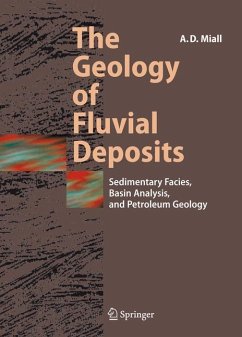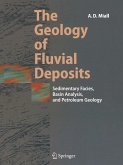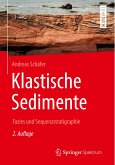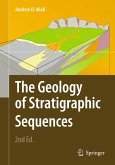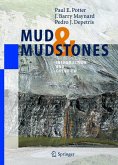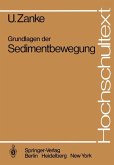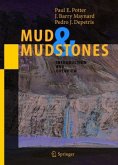Fluvial deposits represent the preserved record of one of the major nonmarine environ ments. They accumulate in large and small intermontane valleys, in the broad valleys of trunk rivers, in the wedges of alluvial fans flanking areas of uplift, in the outwash plains fronting melting glaciers, and in coastal plains. The nature of alluvial assemblages - their lithofacies composition, vertical stratigraphic record, and architecture - reflect an inter play of many processes, from the wandering of individual channels across a floodplain, to the long-term effects of uplift and subsidence. Fluvial deposits are a sensitive indicator of tectonic processes, and also carry subtle signatures of the climate at the time of deposition. They are the hosts for many petroleum and mineral deposits. This book is about all these subjects. The first part of the book, following a historical introduction, constructs the strati graphic framework of fluvial deposits, step by step, starting with lithofacies, combining these into architectural elements and other facies associations, and then showing how these, in turn, combine to represent distinctive fluvial styles. Next, the discussion turns to problems of correlation and the building of large-scale stratigraphic frameworks. These basin-scale constructions form the basis for a discussion of causes and processes, including autogenic processes of channel shifting and cyclicity, and the larger questions of allogenic (tectonic, eustatic, and climatic) sedimentary controls and the development of our ideas about nonmarine sequence stratigraphy.

